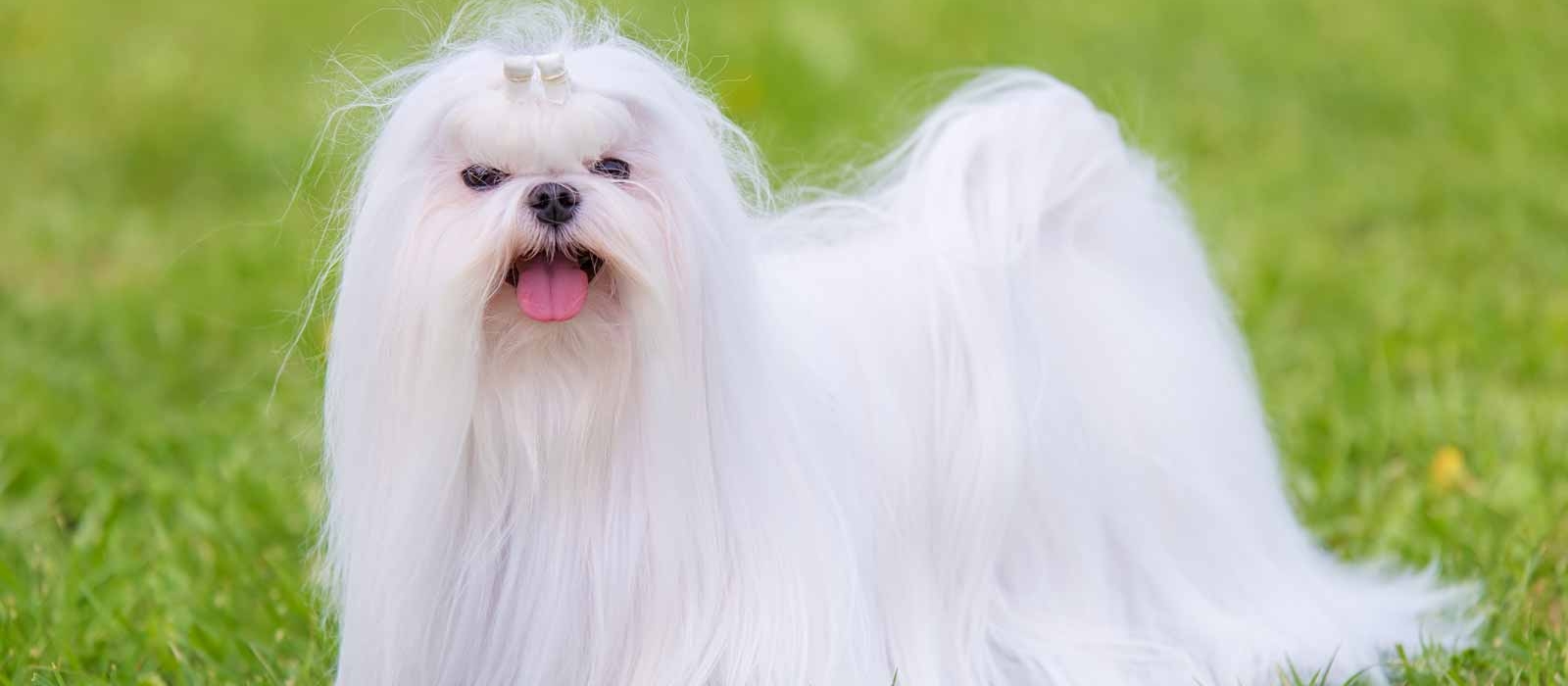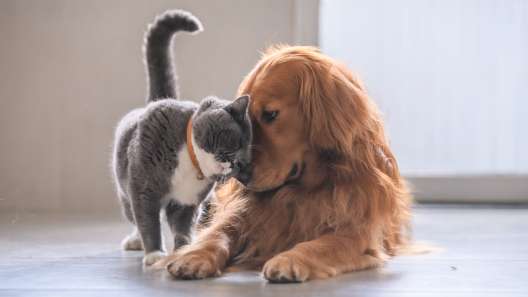-
Activity Level:
moderate
-
Shedding Level:
low
-
Grooming Level:
high
-
Trainability:
high
-
Good for Novice Owners:
moderate
-
Adaptability:
high
-
Kid/Pet Friendly:
often
-
Prey Drive:
low
-
Watchdog:
chill
- Average Size: Small
- Average Lifespan: 12-15 years
- Registered?: aca, akc
Maltese Dog Breed Information
Overview
Temperament
Adaptability
Health
Owner Experience
Grooming
Activity Level
Size
Life Span
Did You Know?
The Maltese is one of the most popular dog breeds. They are considered a toy breed and have ancient origins. Dating back over 2 millennia to Greece, the Maltese is, by far, the oldest toy dog breed in existence. This is one of the interesting facts about the Maltese.
The original breed was almost lost twice. Once during Europe’s Dark Ages, when they were saved from extinction by Chinese breeders. And then again between the 17th and 18th centuries when attempts were made to make the breed too small. A lack of advanced veterinary care and no knowledge of how to care for a “tea-cup” size breed led to the Maltese breed almost disappearing completely. Luckily, the dog breed was saved.
The Maltese, as we know it today, is one of the smallest dog breeds and is thought to be the result of British dog breeders. But, it is also known that the Maltese is a direct descendant of other toy breeds like the Bichon Frise and the Havanese.
The first Maltese is thought to have arrived in the United States in the latter half of the 19th century and first appeared in Westminster Kennel Club shows in the 1870s. The American Kennel Club recognized the Maltese as a member of the Toy Group in 1888.
The Maltese is a true companion breed. Provided they are well-socialized, they are known for being friendly and loving. They are considered one of the most affectionate and cuddly toy breeds. They are extremely affectionate with their family and tend to make new friends easily.
Although they may be a bit reserved around strangers at first, they tend to warm up quickly and will love to be a part of the group. Generally, they get along well with children, other dogs, and other pets. As long as children are gentle with Maltese, especially when they are tiny puppies, these dogs will make good playmates and companions.
These little dogs are highly adaptable and can do well in apartments as well as larger homes. They do well in most climates, but prefer more moderate temperatures. They are sensitive to heat. Even though they have a long, flowing coat if not kept clipped in a shorter puppy cut, they don’t tend to enjoy the cold.
Maltese also bond closely with their families and are happiest when they are around them. This means that they do not like to be left alone for long periods of time and they can be prone to developing separation anxiety if you don’t work with them on it early on. They also tend to have a more sensitive side and loud noises, thunderstorms, loud voices, etc. can make them uneasy or anxious.
Potential health concerns to be aware of in Maltese can include luxating patella, a heart anomaly called patent ductus arteriosus, liver shunt, microvascular dysplasia, and encephalitis. Many of the conditions are congenital and good breeding practices make a big difference in the health of Maltese puppies.
Reputable breeders will screen their dogs to ensure they are not passing preventable issues to puppies. Make sure you ask about the health and genetic history of both parents and about any health tests that have been done. The national breed club recommends a patella evaluation, a cardiac exam, and a serum bile acids test at a minimum.
Maltese are intelligent dogs that are eager to please and can pick up things quickly. But, they are also stubborn and will not hesitate to push boundaries and use their cute face and antics to get their way.
Although they can be stubborn and determined, they respond well to positive reward-based training that is kept consistent. First-time owners can do well with these little companions provided they can keep training consistent. Puppy training classes are recommended. Plus, there are other benefits of puppy training classes like socialization, bonding time, and more.
The Maltese coat is long, silky, and straight and is white in color. The Maltese is one of the hypoallergenic dog breeds and is generally considered a “non-shedding” breed. However, non/low-shedding does not mean low maintenance. A Maltese is one of the fluffiest dog breeds and their coat still needs a lot of grooming to maintain it.
Their coat can be kept long or it can be clipped short into a “puppy cut”. If the coat is in a short clip, brushing a few times a week is usually enough to keep their coat tangle-free and mat-free, but daily brushing is best. If they have a longer coat, you will need to brush them every day to remove tangles and prevent mats from forming. Maltese will also need to be professionally groomed several times a year.
In addition to coat care, you will also need to take care of your Maltese’s nails, ears, and teeth. The dog groomer may be able to help you with some of this, but you will still need to take care of other maintenance at home between visits.
Once or twice monthly nail trims help keep nails from growing too long. The Maltese, especially less active ones, tend to have nails that grow quickly, so you may need to cut twice a month and keep an eye on them in case they need an extra trim now and then.
Weekly ear checks along with careful ear cleanings as needed can help prevent ear infections. You may also want to get in the habit of wiping down their face to avoid discoloration around a dog’s nose and mouth. If there is staining that concerns you, excessive tear-staining, or excessive drool, make sure you visit your vet to ensure there isn’t a health issue going on.
As a small dog breed, the Maltese is even more prone to developing gum disease later in life, which only makes good dental care for dogs early and throughout their lives even more important. Daily tooth brushing, along with cleanings at the vet when needed, is a good start. You can supplement your efforts with vet-approved dental diets and dental hygiene chews.
Although Maltese will have bursts of energy and will be energetic when they play, they sit in a low to moderate activity range. Daily walks plus some playtime are usually plenty to keep this dog happy and healthy.
They love spending time with you though, so if you are up for more activity, they will be happy to join you. They also can be quite the little athletes if they want to be. At the same time, you need to be aware of overexertion as they are small dogs and can easily overdo it.
Fully-grown Maltese usually stand 7-9 inches tall and weigh under 7 pounds.
Maltese generally live 12-15 years on average.
Maltese were so highly praised in Ancient Greece that tombs were often built for them when they passed.









